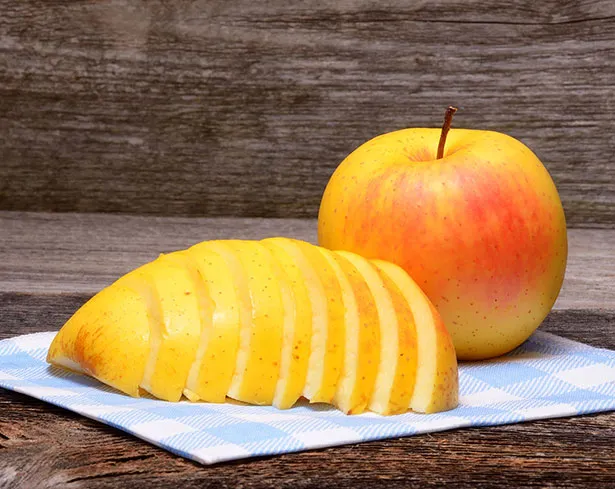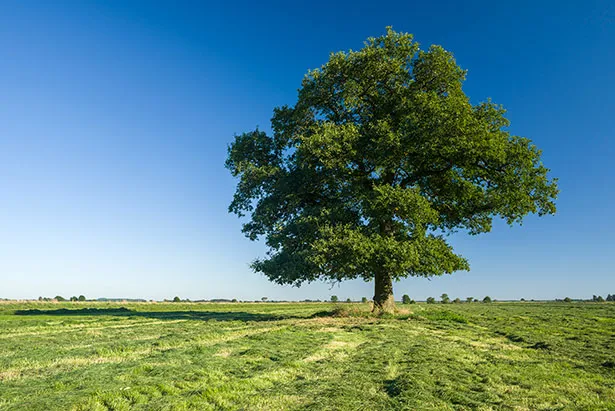
Are colors real or just a deception of our brain? © agsandrew/ thinkstockIs a tree really green - even if nobody sees it? And when we see colors, do we share this experience with others, or does each individual perceive something different? Mankind has been preoccupied with these questions for thousands of years - and science has given and gives different answers to them.
This is the forth part of this article series. If you have missed any previous parts, don't forget to catch up on it:
- How real are colors: All illusion? - Part 1
- How real are colors: From the waves to the stimulus - Part 2
- From the stimulus to the subjective sensation - Part 3
Part 4: Why the tree is green after all. The objectivity of colors.

The yellow-red colour of this apple signals its ripeness - an important signal in the search for food. © Cucu Remus/ thinkstockColours obviously cannot be reduced to physical or neural processes. But what does this mean for the objectivity of colours in the world? Is the tree really green or not? I plead for the former and will briefly explain why.
At first, colours are certainly not inner feelings such as pain or tickle, but they can be located in space and are inseparably linked to other properties of things such as extension, movement and form. Yes, without color differences such shape and design properties would not be perceptible to us at all, so that the designation of colors as "secondary qualities" can be questioned.
Colors provide orientation
Even more, colours provide information on the properties and qualities of the things that are important to us, and thus open up opportunities for orientation and action. The green of the moss in the forest refers to its organic structure, the fertility of the forest soil and its moisture content - unlike yellow, dry grass. In the red of the forest berries their suitability as food is indicated, the shine of gold highlights it as a possible decoration, etc.
The atmospheric qualities of the dark-black thunderstorm sky, the green floodplain landscape or the bright Mediterranean sun show that colours are of central importance for our relation to the world: They convey moods, qualities of expression and value and thus life and action possibilities. Orientation in a colorless world would not only be made much more difficult, but we would also not be able to make many distinctions that are relevant for our actions.
The tree is green for others too

We can agree on the colour of the tree with other people. © Axel Ellerhorst/ iStockThe objectivity of colors, however, also includes their intersubjectivity: colors are qualities of things experienced by people, and thus, apart from subjective nuances of color, given largely independently by the respective observer.
We can communicate about the colour of a tree, direct the attention of others through colour signals and create specific atmospheres with colours. We associate them with common cultural traditions and symbolic meanings, for example in politics. Colours are a natural part of our common environment - nothing prevents us from calling the tree green.
Source: Prof. Dr. Dr. Thomas Fuchs, Universität Heidelberg: Ist der Baum Grün?
